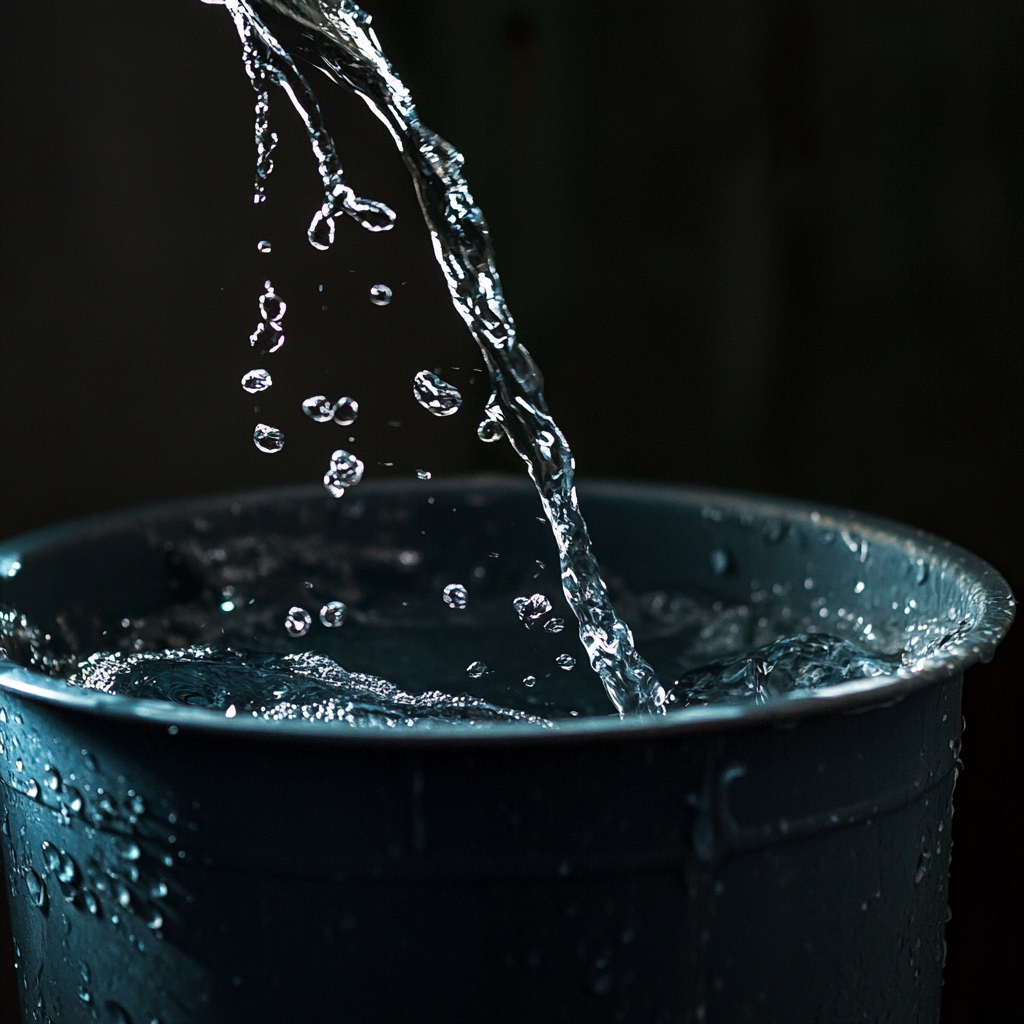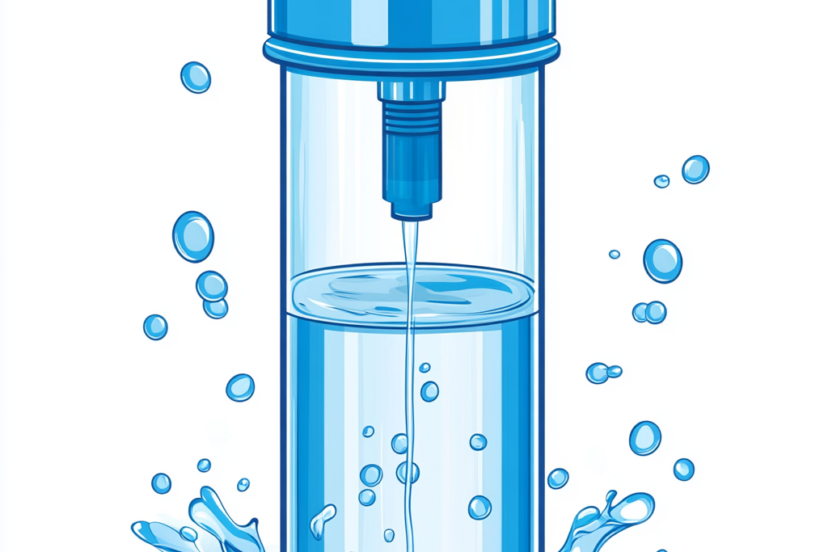Water Purification vs. Water Filtration – Which One Do You Need?
*We may earn a commission for purchases made using our links. Please see our disclosure to learn more.
As part of disaster preparedness, we need to think about our water needs. Most humans need water to survive. (Technically, all humans, but my sister would disagree with me and claim she can survive off Diet Dr. Pepper). During non-disaster times, we have access to water through our jurisdiction such as city water, a water well, or even through purchasing bottled water. Even if your area has additional options, disasters tend to contaminate water and/or cut off access to water sources. Identifying water purification versus water filtration needs in advance is a critical part of disaster and emergency preparedness.
This means we need to prepare for the potential of not having fresh water. On the Disaster Preparedness Checklist article, I mentioned that the Ready.gov guidance mentions bottled water in commercial bottles. I’m not a fan of this strategy and recommend storage in something sturdier. You can see some recommendations for long-term water storage here. Then, we need to explore water filtration and water purification for both short-term and long-term needs.
What About Water Storage?

Even though the disaster kit checklist recommends storing water for several days per person, there are challenges with this. In fact, the recommendation from Ready.gov is that we use commercial bottled water. I have 2 core issues with this suggestion.
First – I wonder if the author of that page drinks bottled water. It seems all water bottling companies have shifted their packaging (supposedly to reduce plastic usage) to flimsy junk that sometimes breaks just trying to open the bottle.
Second – there is continued discussion on the challenges of commercial PLASTIC bottles leaching chemicals into the water over time. While this is SLOWED by keeping the bottles in cool (but not too cold), dark places (as recommended by Ready.gov), it is not eliminated. This article from The Plastic Pollution Coalition discusses the dangers of drinking bottled water in general. Adding the challenges of storing plastic bottles during extreme temperatures makes plastic contamination a higher risk than normal. Explore various water storage options in this article.



